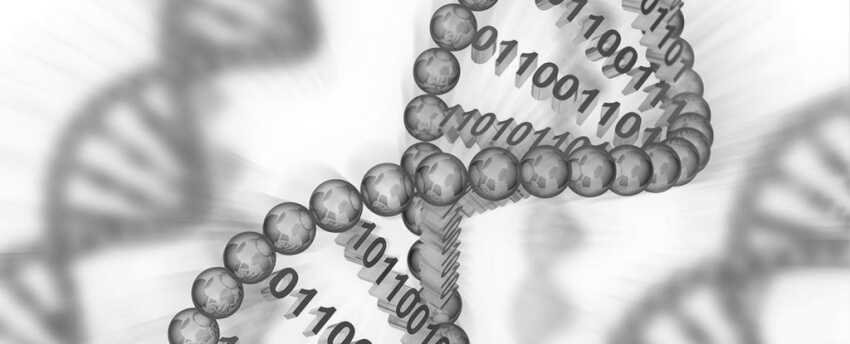The provisual of storing vast amounts of data in DNA is getting closer to reality thanks to a new data recovery technique.
Microsoft seems interested in synthetic DNA. The company is considering using it in the future as a storage medium that could address the world's need for ever-increasing data storage. 
Previous research has shown that only a few grams of DNA can store an exabyte of data and keep it as it is for 2.000 years.
The downside is that the method is quite expensive and extremely slow. Data writing in DNA involves the conversion of 0 and 1 into DNA molecules (adenine, thymine, cytosine and guanine), and DNA data recovery should include the decoding of the 0 and 1 files.
Finding and retrieving specific files stored in DNA is also a very big challenge.
As the scientists from Microsoft Research and the University of Washington explain, without a coincidence access or some ability to selectively retrieve files from stored DNA, we would need to decode the entire data set it contains to find the files we want. THE creation of random access would reduce the amount of operations that must be done for each search-find.
Για να επιτευχθεί λοιπόν κάποια τυχαία πρόσβαση στο DNA, δημιούργησαν μια βιβλιοθήκη "εκκινητών" που συνδέεται με κάθε αλληλουχία του DNΑ. Οι εκκινητές, μαζί με μια αλυσωτή αντίδραση πολυμεράσης (PCR), χρησιμοποιούνται σαν στόχοι για την επιλογή των επιθυμητών αποσπασμάτων του DNA μέσω μιας τυχαίας πρόσβασης.
"Πριν από τη σύνθεση των δεδομένων από ένα αρχείο στο DNA, οι ερευνητές πρόσθεσαν στα δύο άκρα κάθε αλληλουχίας DΝΑ στόχους εκκινητών PCR από τη βιβλιοθήκη εκκινητών", he says the University of Washington.
"They then used these primers to select the desired point via some random access and used a new algorithm designed to more efficiently decode and restore the data to its original digital state."
The researchers also developed an algorithm to more efficiently decode and restore the data. Microsoft researcher Sergey Yekhanin said the new algorithms are more tolerant of errorwhen writing and reading DNA sequences, which reduces the processes and processing required to retrieve information.
Although it is not the first time that random access to DNA has been achieved, it is the first time it has been done on such a scale, according to researchers.
The researchers encoded a 200MB data file containing 35 of the 29kB by 44MB into synthetic DNA. The files contained video, sound, images and high-definition text.
After the release of the study describing the technique, they encoded and regained 400MB data in DNA.
Researchers believe that the approach they have used for random access will escalate into large DNA tanks containing several terabytes each.





